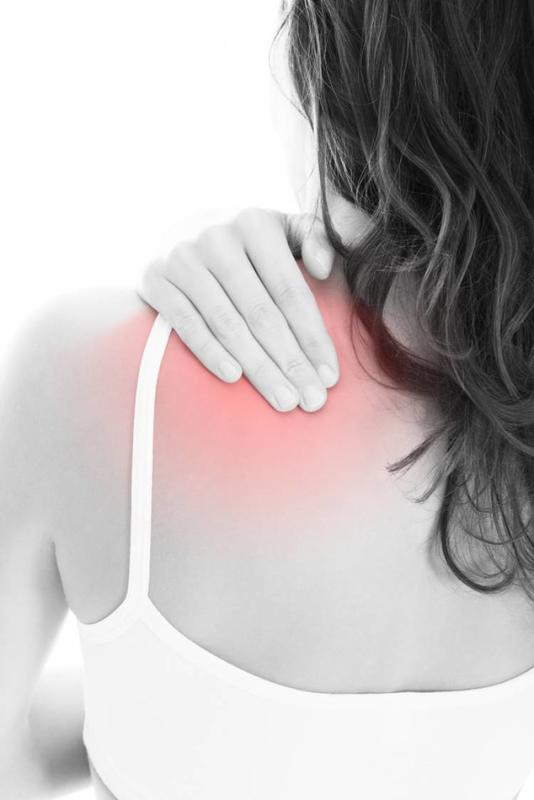The first person to talk about the body parts that might go missing from the human body was no other than the father of the theory of evolution - Charles Darwin. He began the first chapter in his The Descent of Man, talking about a dozen different body parts that he described as useless, or nearly useless if he wasn't entirely confident that the body part was going to become redundant over the course of many different generations.

Humans have tried to rid themselves of body hair for centuries (probably ever since the first razor was discovered). Given that most body hair serves no function (exception for sexual attraction), it is entirely possible for a future generation of humans to not have any type of body hair.
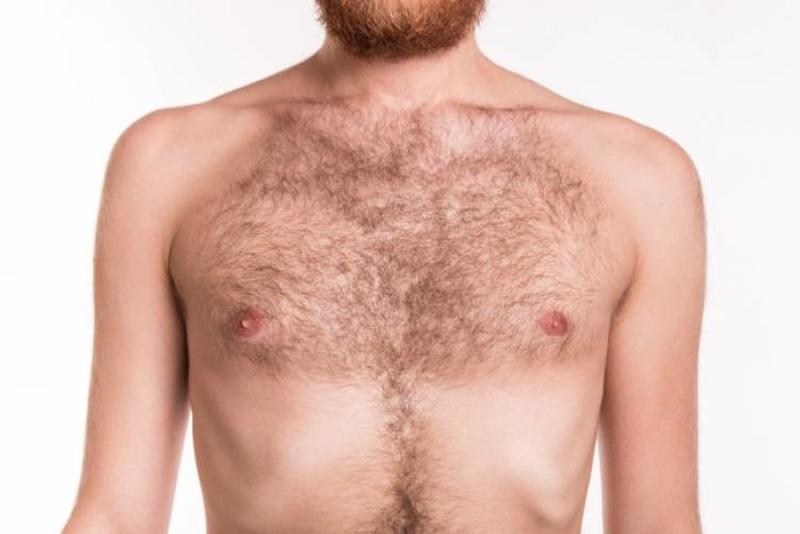
There are millions of people around the world who have terrible problems with their sinuses. From frequent headaches to having a runny nose, the sinuses have proven to be entirely useless for nearly everyone on heart - which is why they might disappear some day.
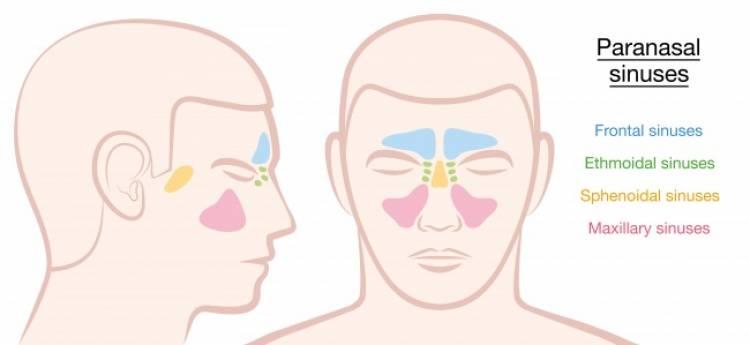
Did you know that such as rabbits and dogs, humans also have small muscles in their ears? While dogs have kept their ears fully mobile, humans can't really move them much, except for slight wiggling, which isn't really a useful thing to have.

Wisdom teeth got their name because they descent into the mouth around the age a person leaves puberty and becomes an adult - hence the name. However, for the most part, you didn't really need these teeth to help with chewing food.
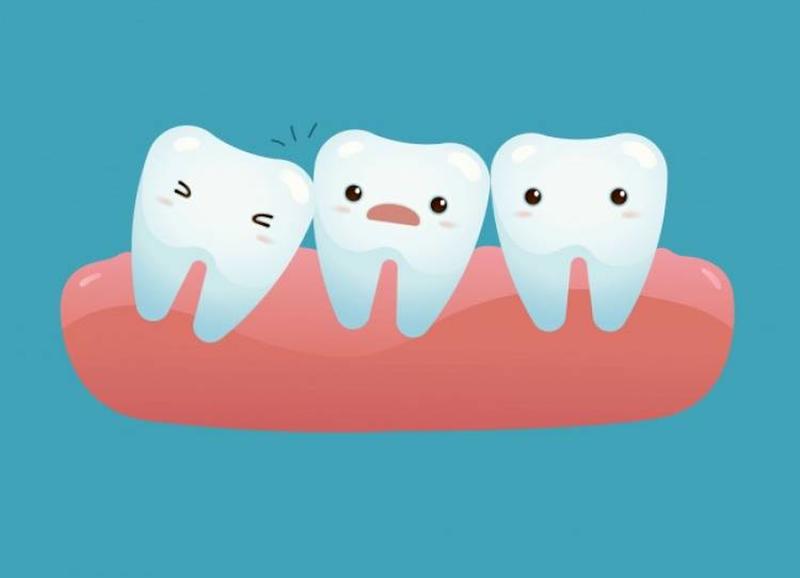
There is a set of cervical ribs (meaning in the neck area) that is a leftover from the age when reptiles ruled supreme. These ribs appear in less than 1% of the human population, however, they can cause problems for those that have them.
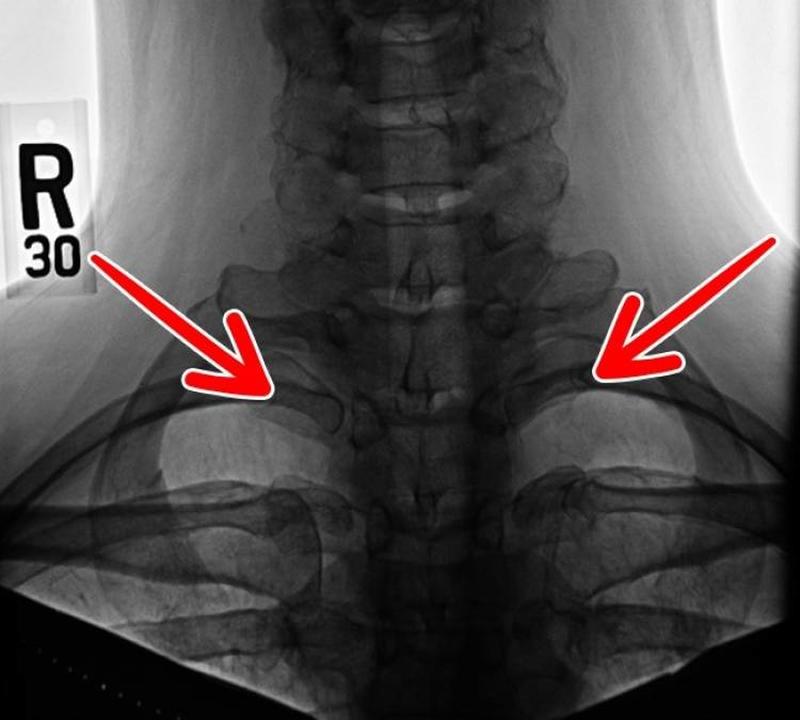
There is a long and narrow muscle (as shown in the above photo) that runs from the elbow to the wrist, and actually, a full 11% of humans already don't have that muscle. That would be a problem if those people would want to become rock climbers or martial artists one day.

Many people wonder why do guys have nipples - after all, men don't secrete milk, nor do they help feed the babies (apart from buying food in the supermarket). The reason men have nipples is that early on in the fetal developed, the unborn child is essentially sexless, i.e., without gender.
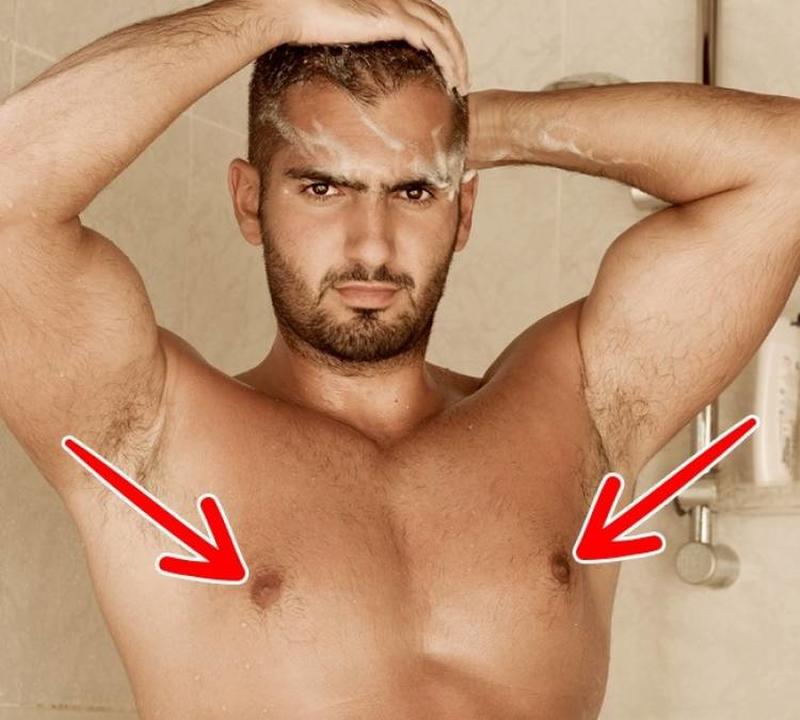
The arrector pili muscles, as can be seen from the above picture, as small muscles that help animals puff up their fur so that they can better insulate themselves in the cold, or the intimidate other animals by becoming "larger" in size. Humans have this ability but have sadly lost the fur.
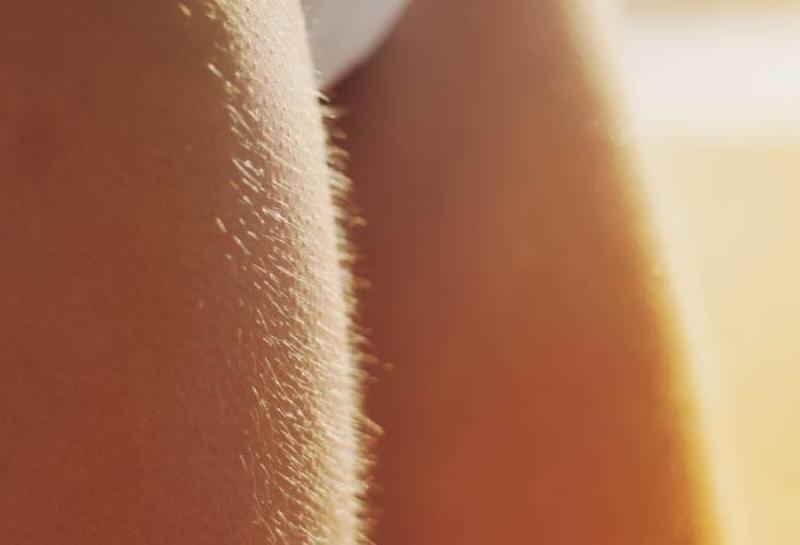
The appendix is a well-known cause for several types of medical emergencies, which is why so many people have had to remove their appendix before it caused even more problems. The purpose of the appendix is to digest cellulose from plants.

The 13th rib that some people have (around 8% of adults by some estimations) is an evolutionary leftover from our closest genetical cousins - the chimpanzees and gorillas. Most people, on the other hand, have only 12 sets of ribs.

Toes are another evolutionary leftover from our predecessors. According to a study, early humans used to balance their walking in the middle of their feet, but currently, the trend is shifting toward balancing more on the side of the big toe.

The coccyx is the medical term for what is known as the "tail-bone." The tail-bone served as the foundation for the tail that most animals (including our predecessors) have. Given that humans have lost their tail, the tail-bone is also going to disappear in the future.
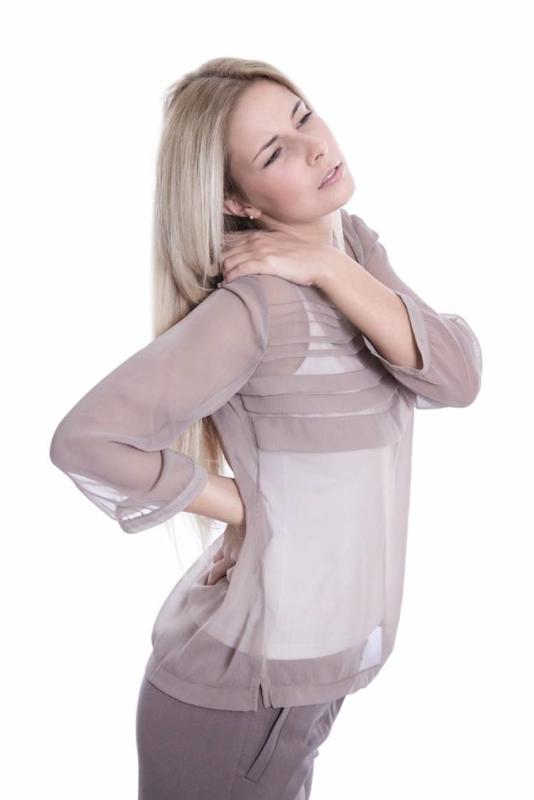
You have probably noticed that weird pink part on the inside of your eyes. That is because an early predecessor to all the mammals and birds used to have a member that moved on the sides of the eyes to remove debris and to better protect the eye.
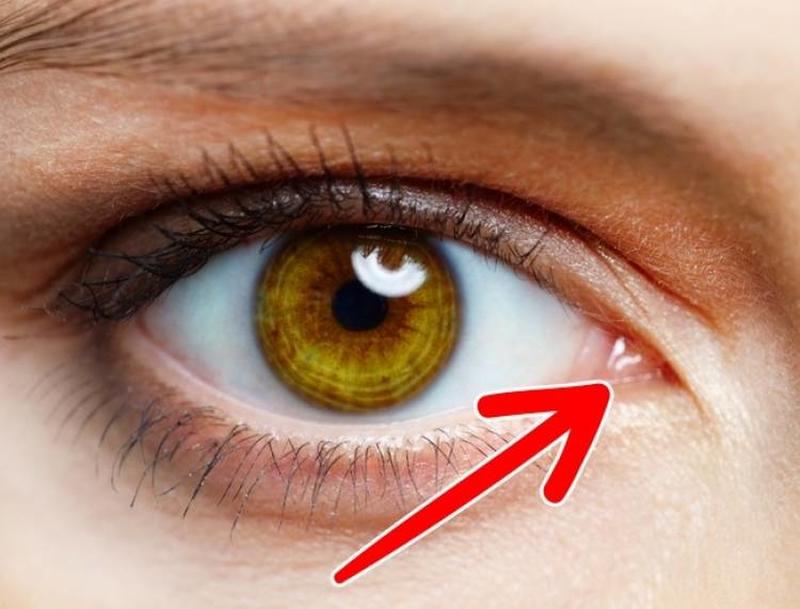
There is a small folded, point of skin that is on the top part of each ear, that is sometimes found in some humans (not all adults have this). According to scientists, that top part of the ear might be leftover from a time when ears when larger and helped focus on distant sounds.
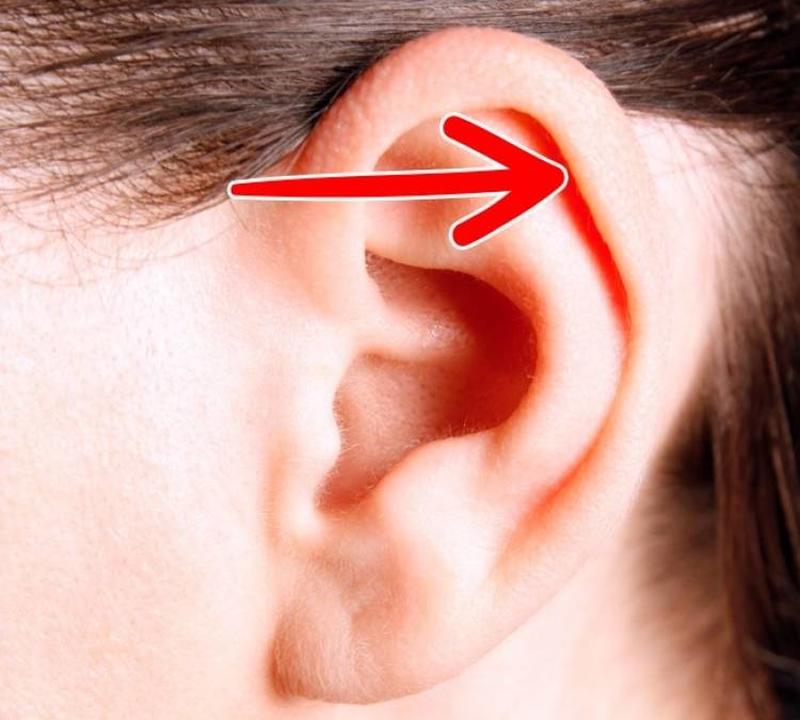
The Subclavius muscle is a small muscle, that stretches from under the shoulder from the first rib to the collarbone (just below the neck). This muscle would be useful to people if we were still walking on all fours, but that is simply not the case.
